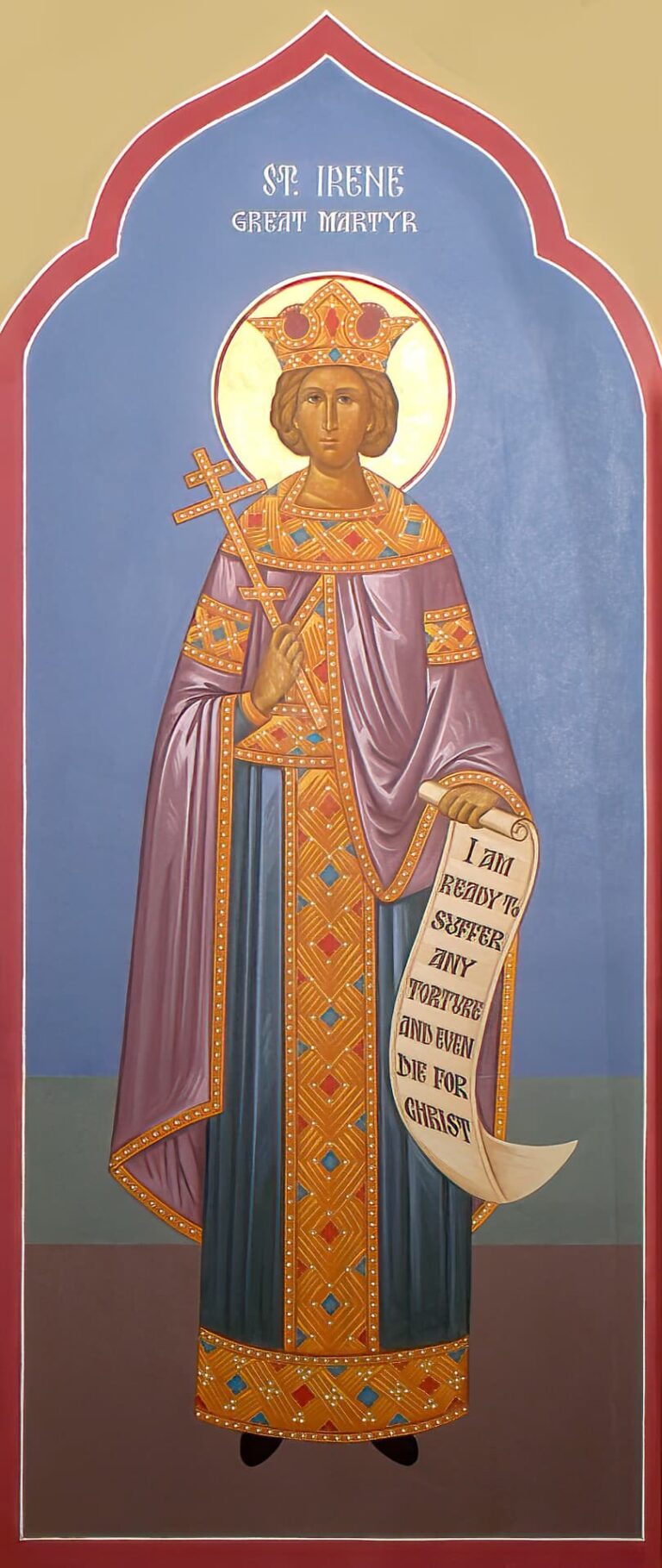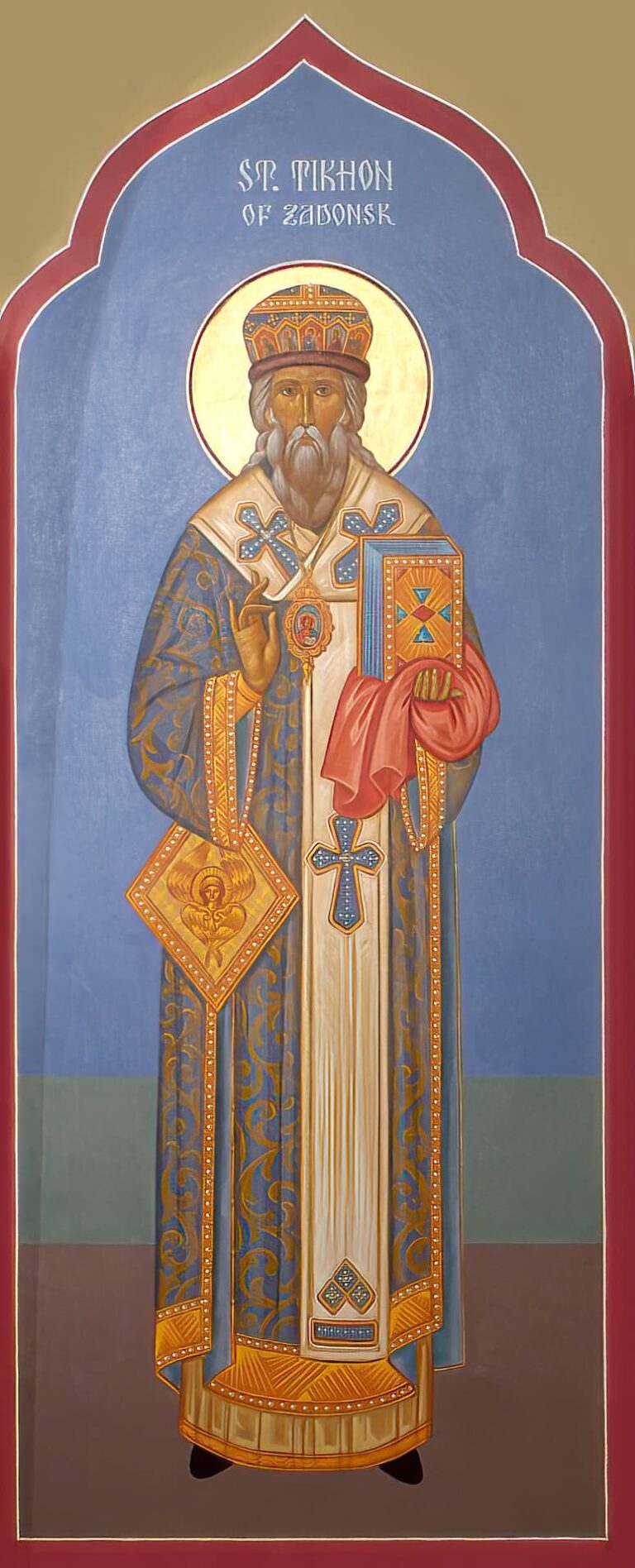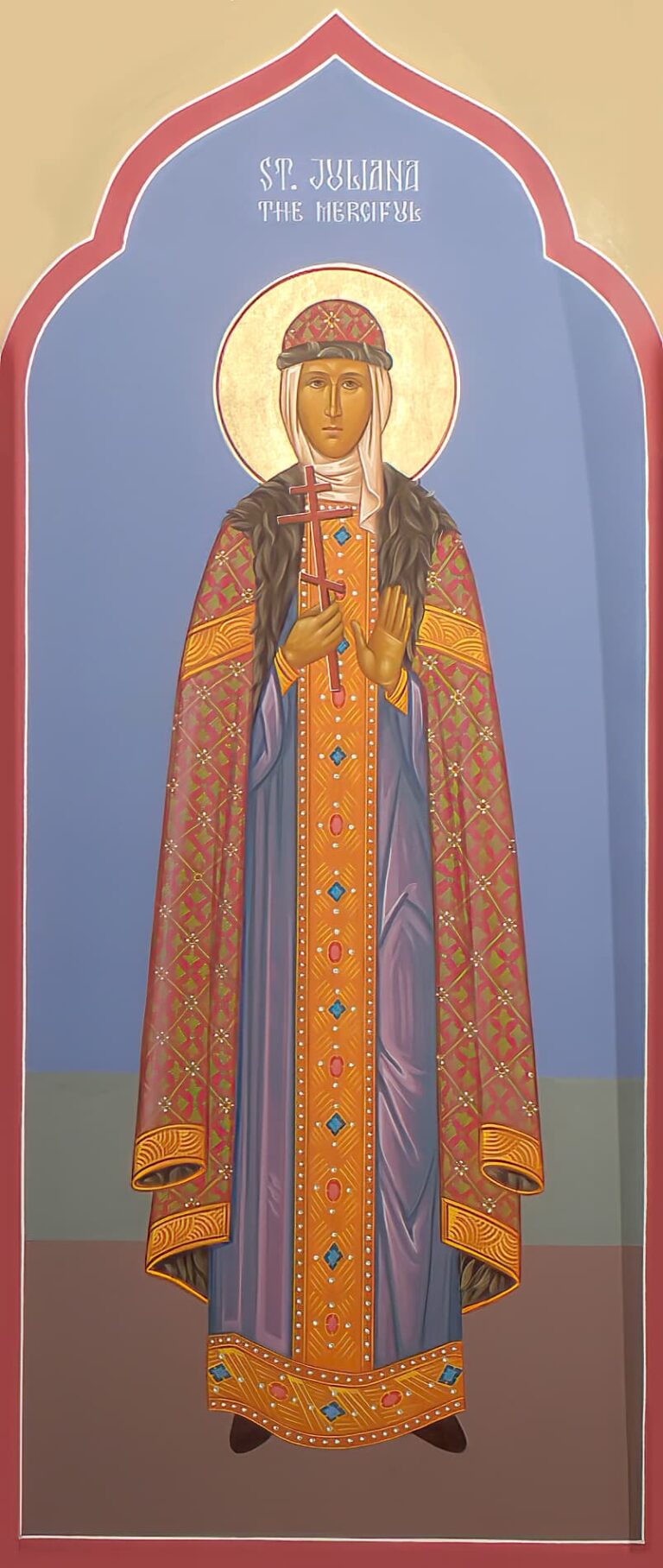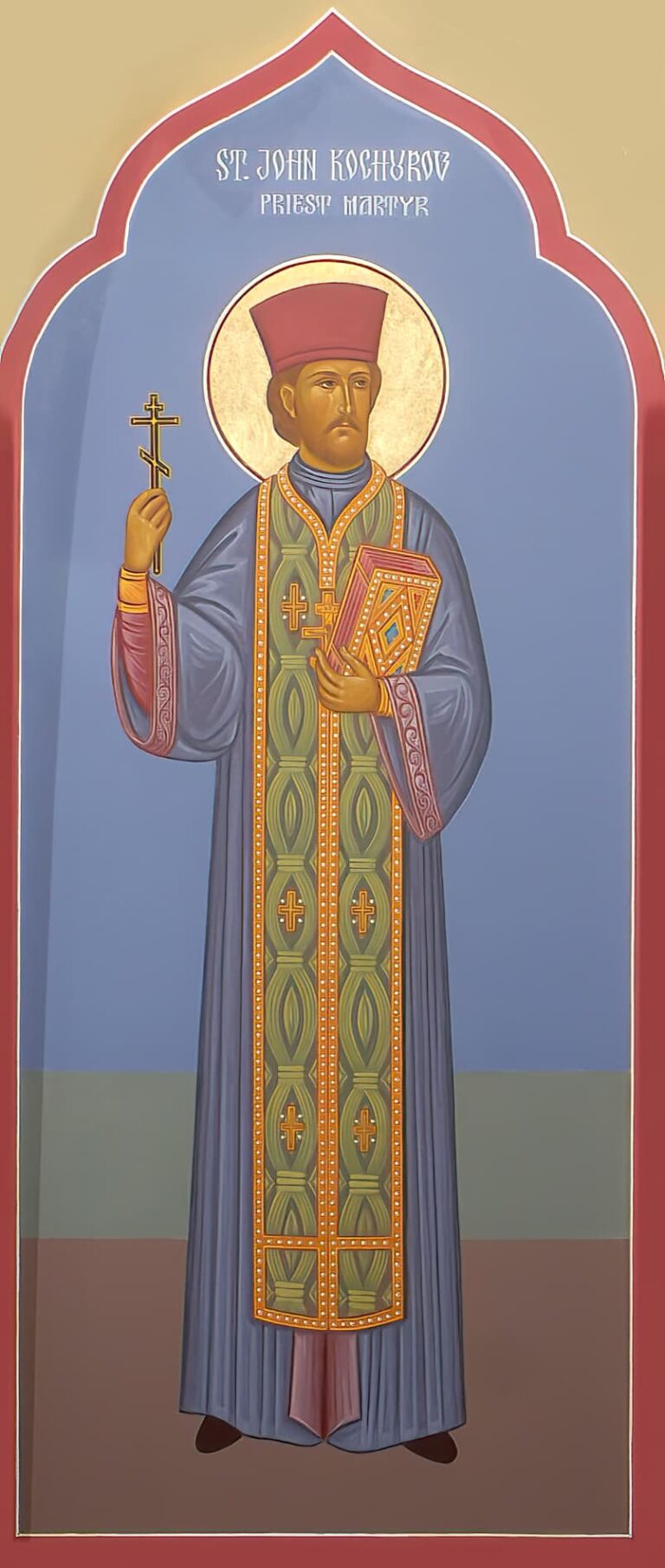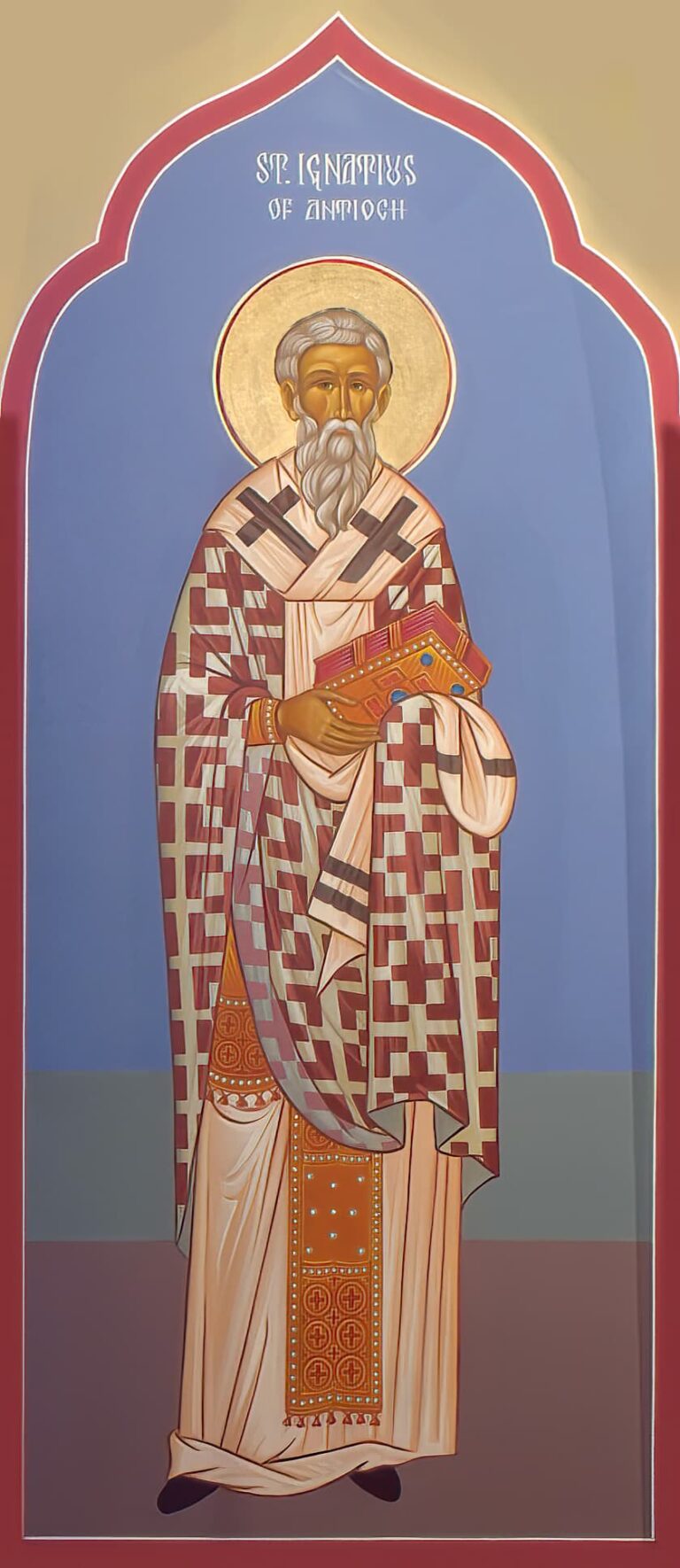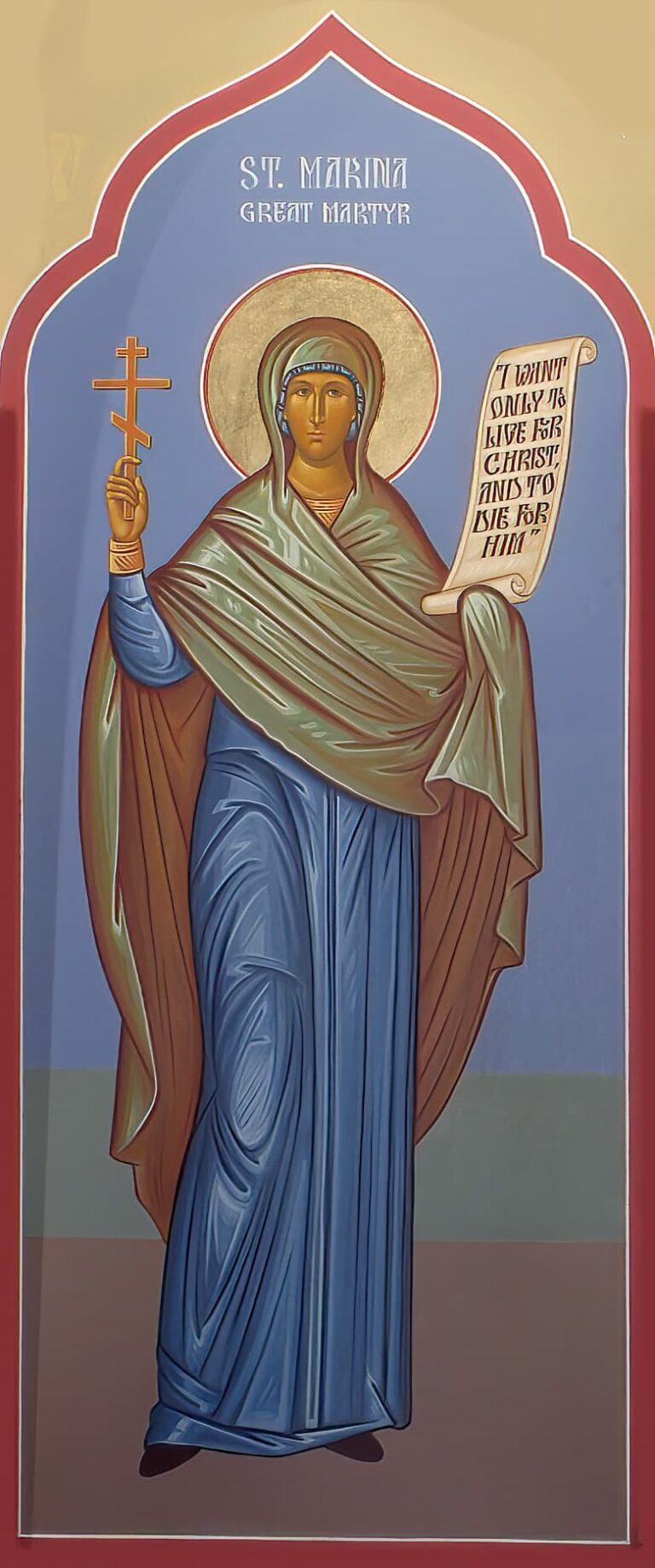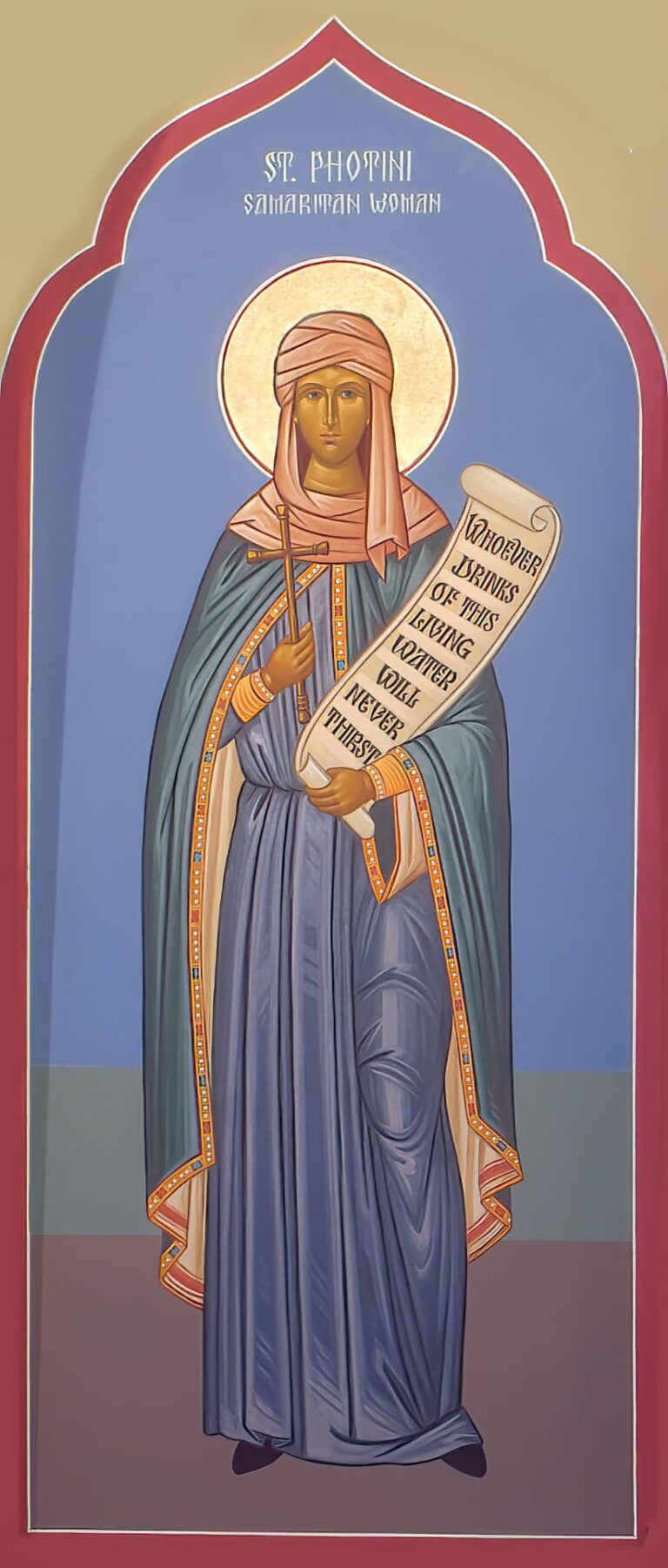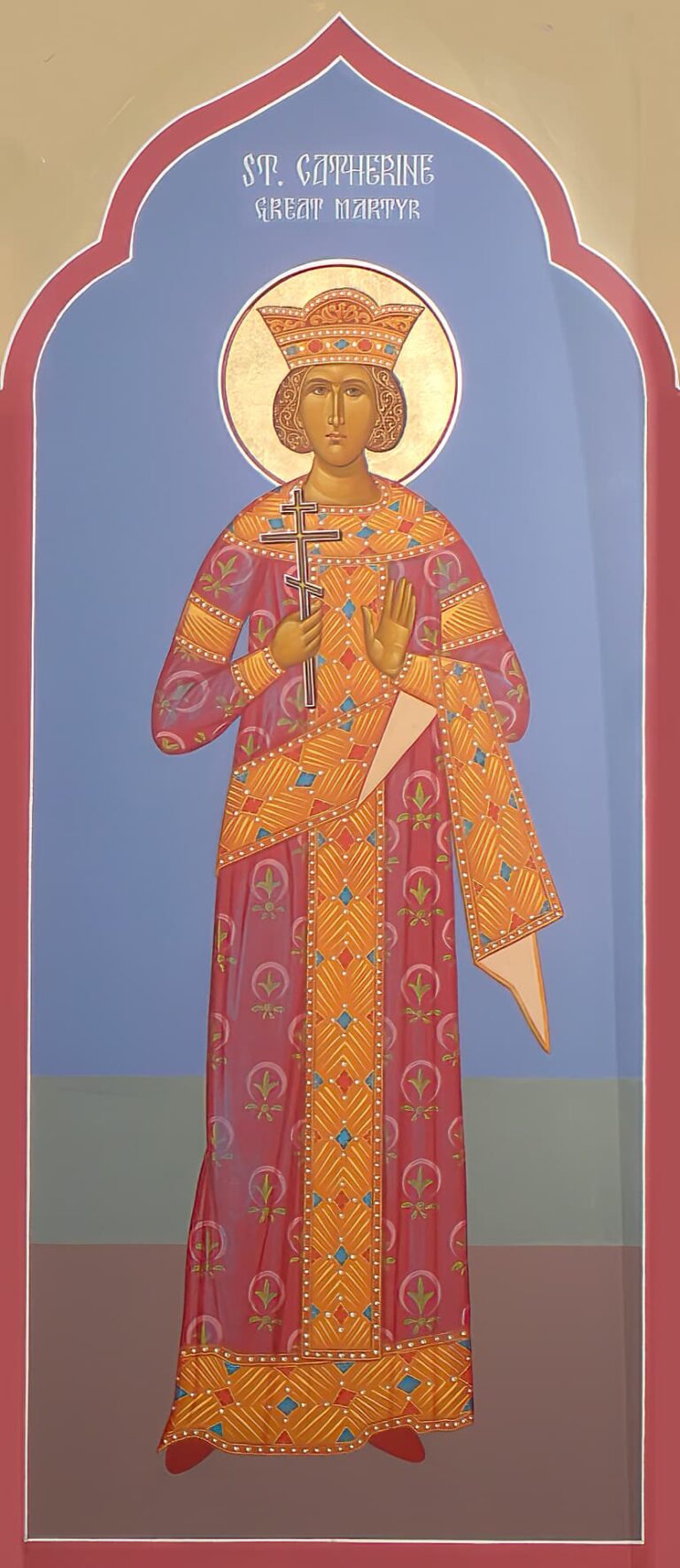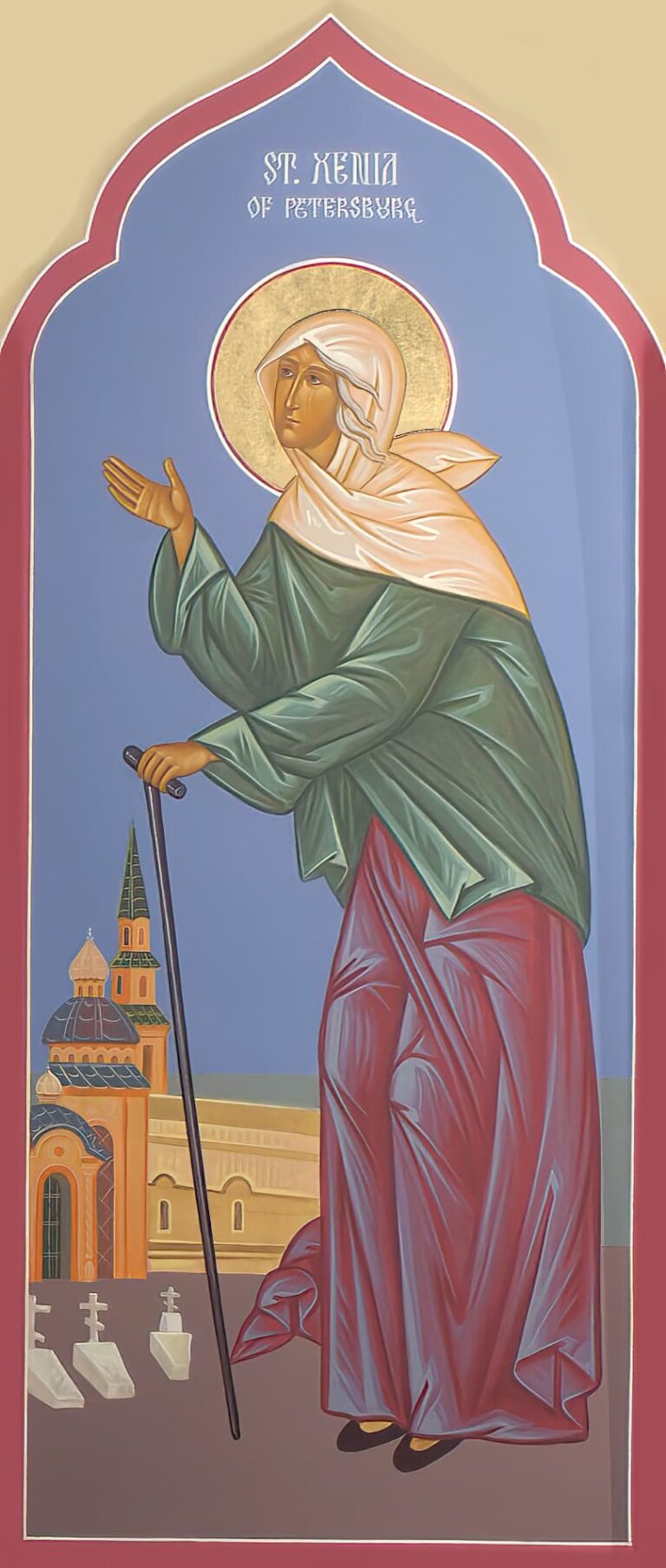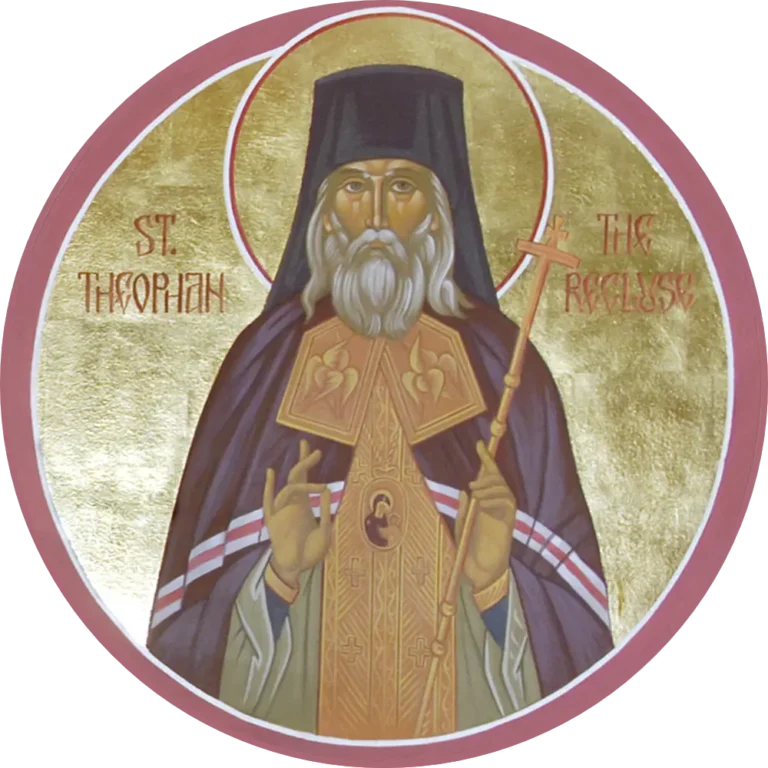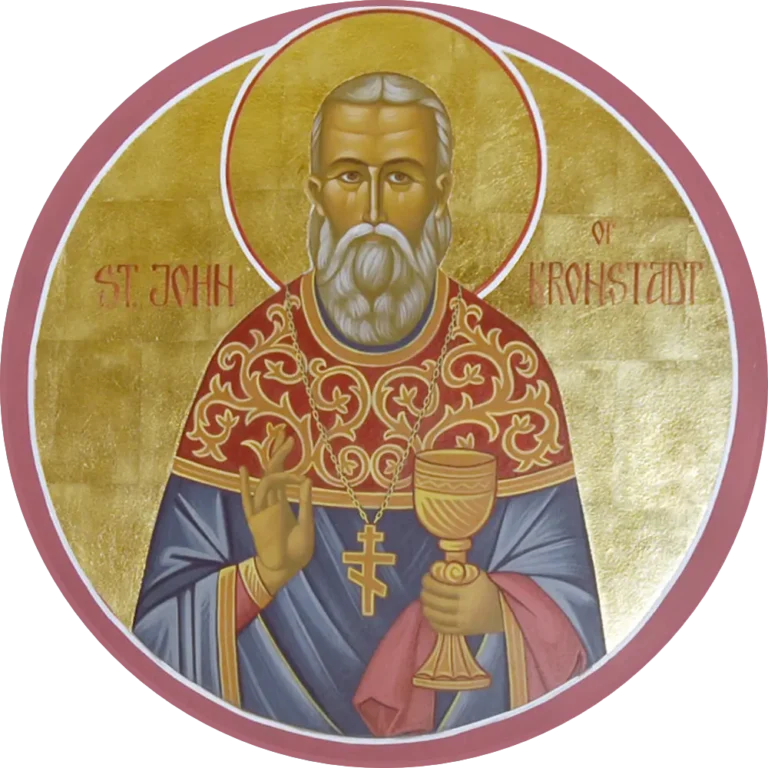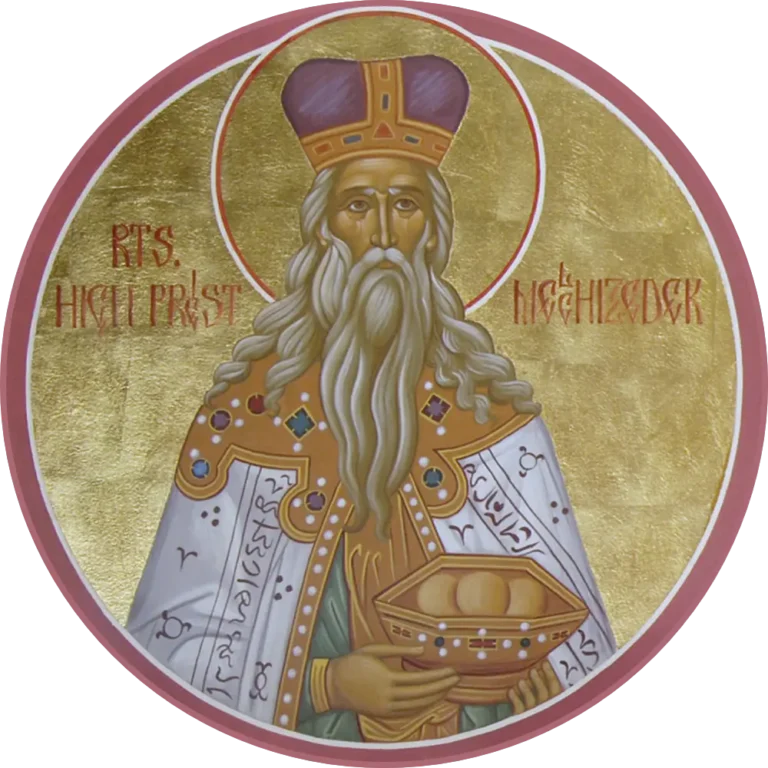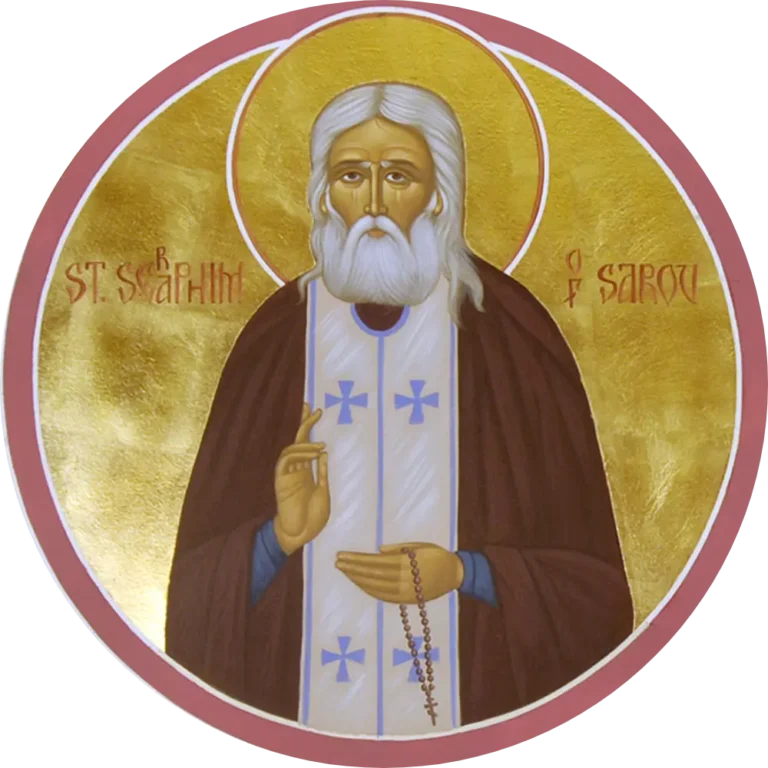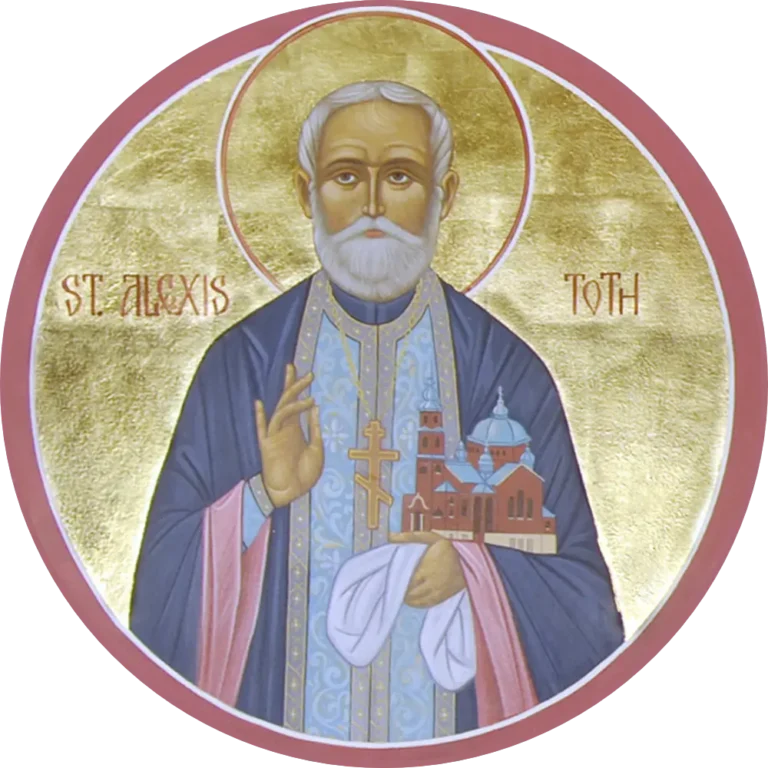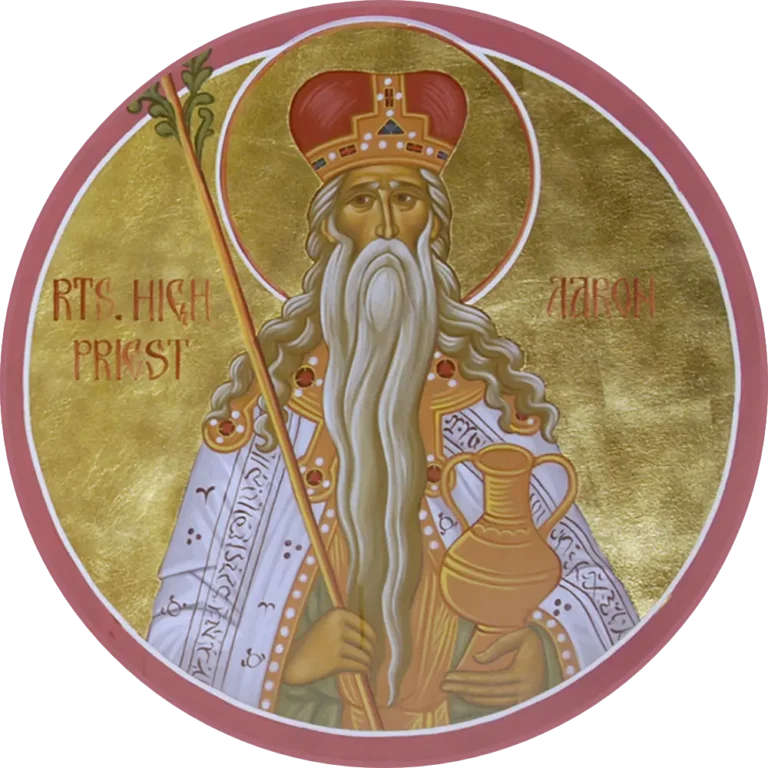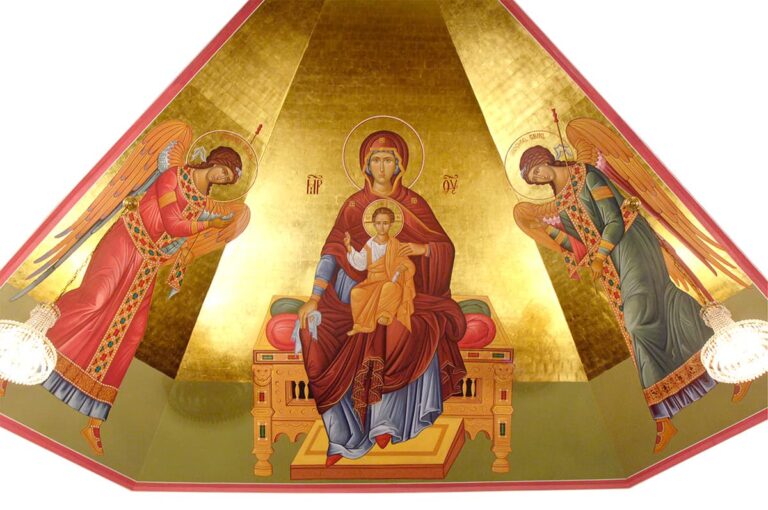The designing and building of an Orthodox Christian temple is a sacred task; and its interior beautification with iconography is indeed the crowning achievement. For, by transforming holy space where we gather for prayer with colorful depictions of Christ, His Most-Blessed Mother, the Apostles, scenes from Holy Scripture, and numerous saints. We elevate and sanctify our unique liturgical surroundings for the highest possible purpose. Icons are not only conducive to our form of worship, but more importantly. They are employed to demonstrate and express the ever-existent relationship between God and man – that “God is with us!” This is why icons may rightly be referred to as “windows into heaven.” Because they depict that which can be “seen” and witnessed through the eyes of spirituality.
